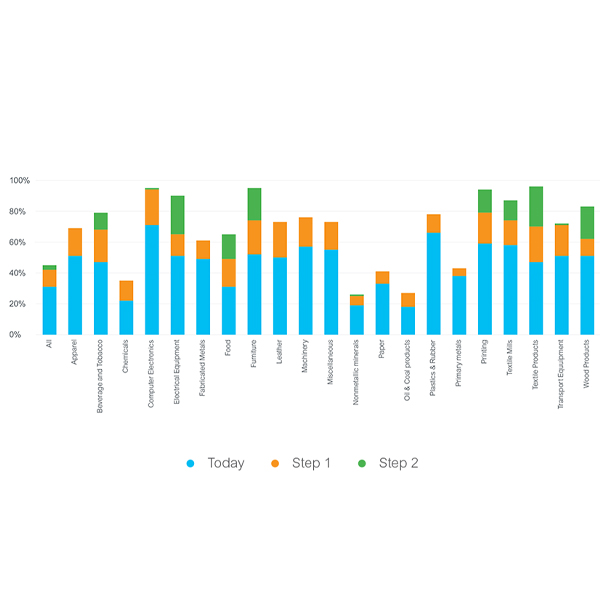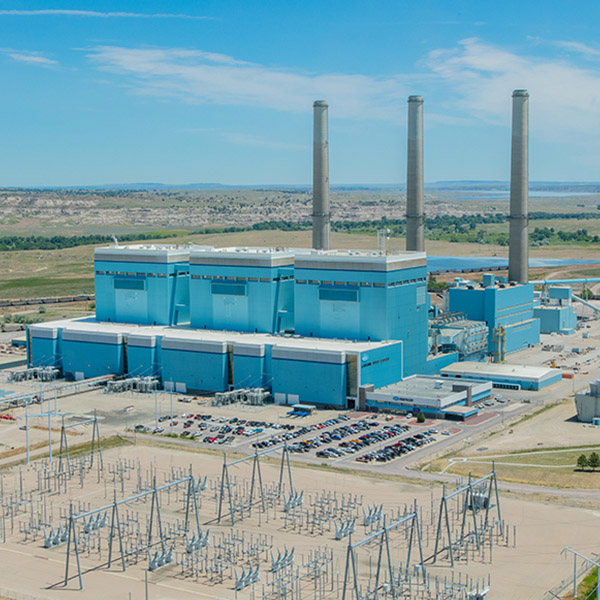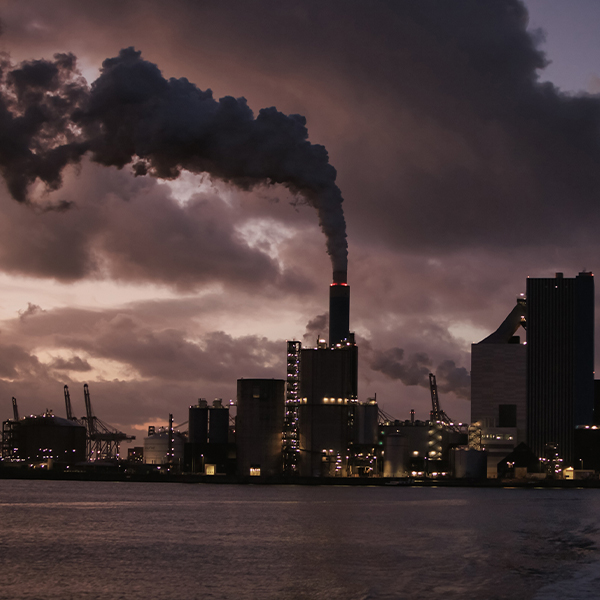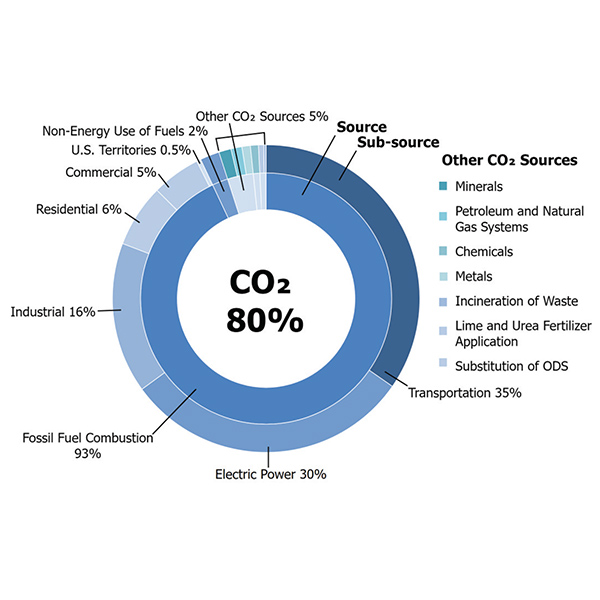greenhouse gas (GHG)
A new report from Schneider Electric says the U.S. could ramp up the electrification of heavy industry by 50% by focusing on easy-to-abate, individual processes.
SPP told members the EPA’s final rule curbing greenhouse gas emissions from power plants could hamper the nation’s ability to provide reliable service during the “swift” transition from fossil fuels to renewables.
Republican state attorneys general sued EPA seeking to stop implementation of the agency’s final rule aimed at slashing greenhouse gas emissions from existing coal plants and new natural gas plants.
EPA issued a final rule meant to strengthen, expand and update methane emissions reporting requirements for oil and natural gas systems, as required by the Inflation Reduction Act.
The topline figures from EPA’s new inventory of U.S. greenhouse gas emissions from 1990 to 2022 show the country’s slow and uneven progress toward President Joe Biden’s goal of cutting emissions by 50 to 52% below 2005 levels by 2030.
An estimated 72 million Americans, often people of color or with low incomes, live near truck routes that expose them to pollution resulting in higher rates of respiratory and cardiovascular illnesses and premature death.
EPA's final rule on light-duty vehicle emissions aims to give the industry more time and flexibility on how to reach its ambitious targets.
Building decarbonization is at once critical for the environment, expensive for building owners and potentially taxing for the power grid.
CAISO stakeholders and staff could soon be weighing two options for enabling the EDAM to track GHGs in a way that accommodates the patchwork of different carbon reduction programs across Western states.
New EPA standards intended to reduce air emissions from the crude oil and natural gas industries are scheduled to be published this week.
Want more? Advanced Search









